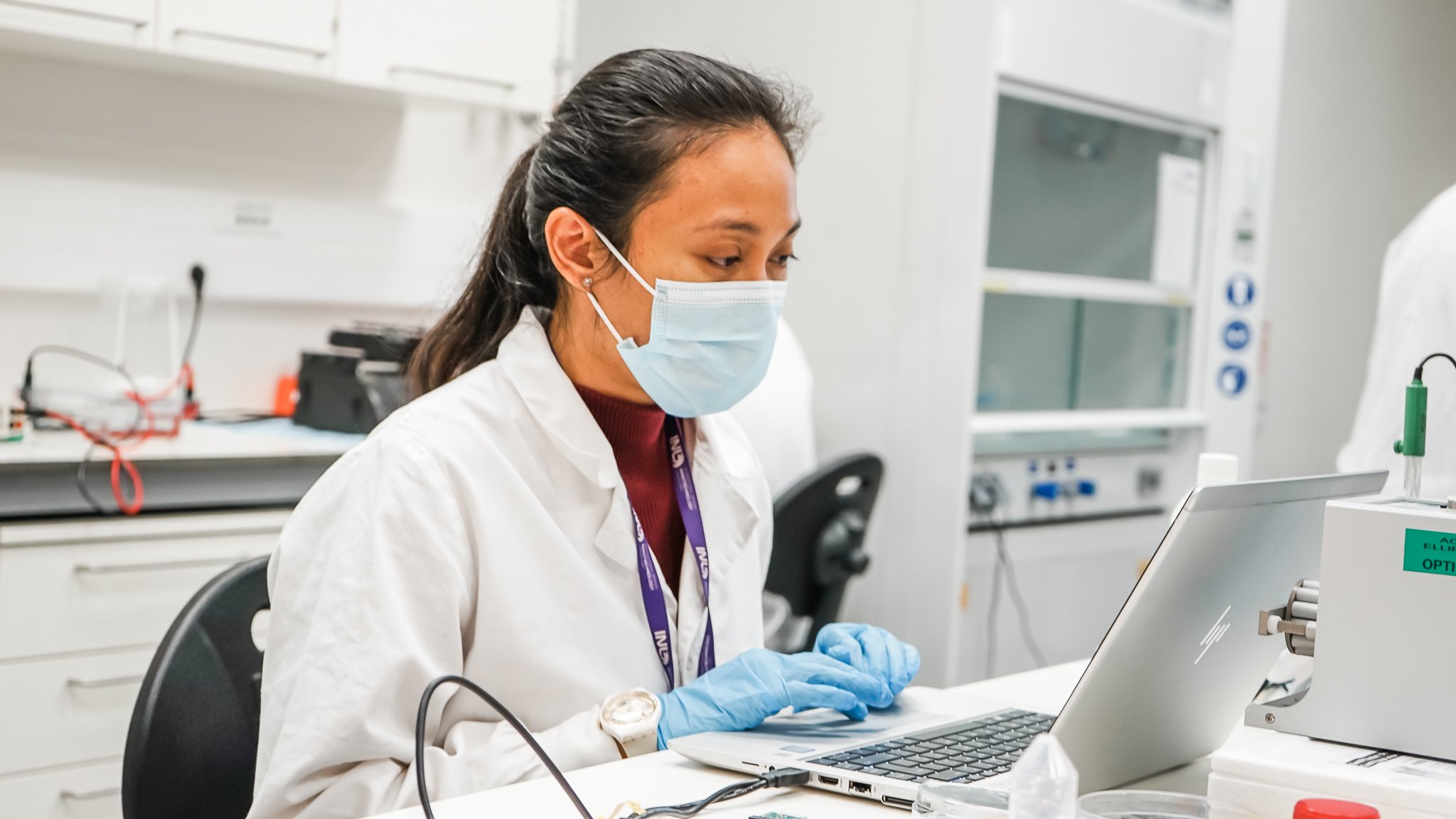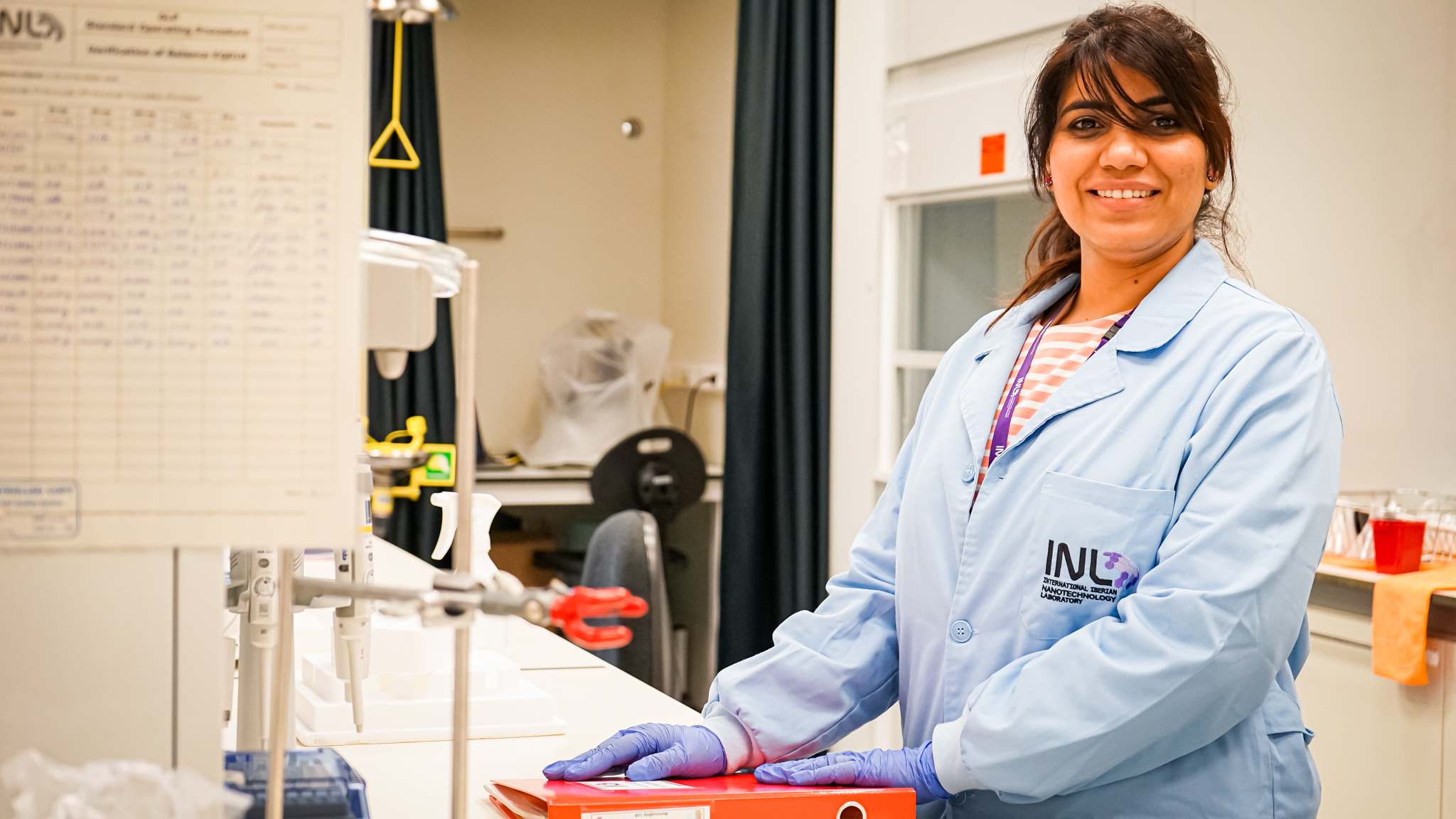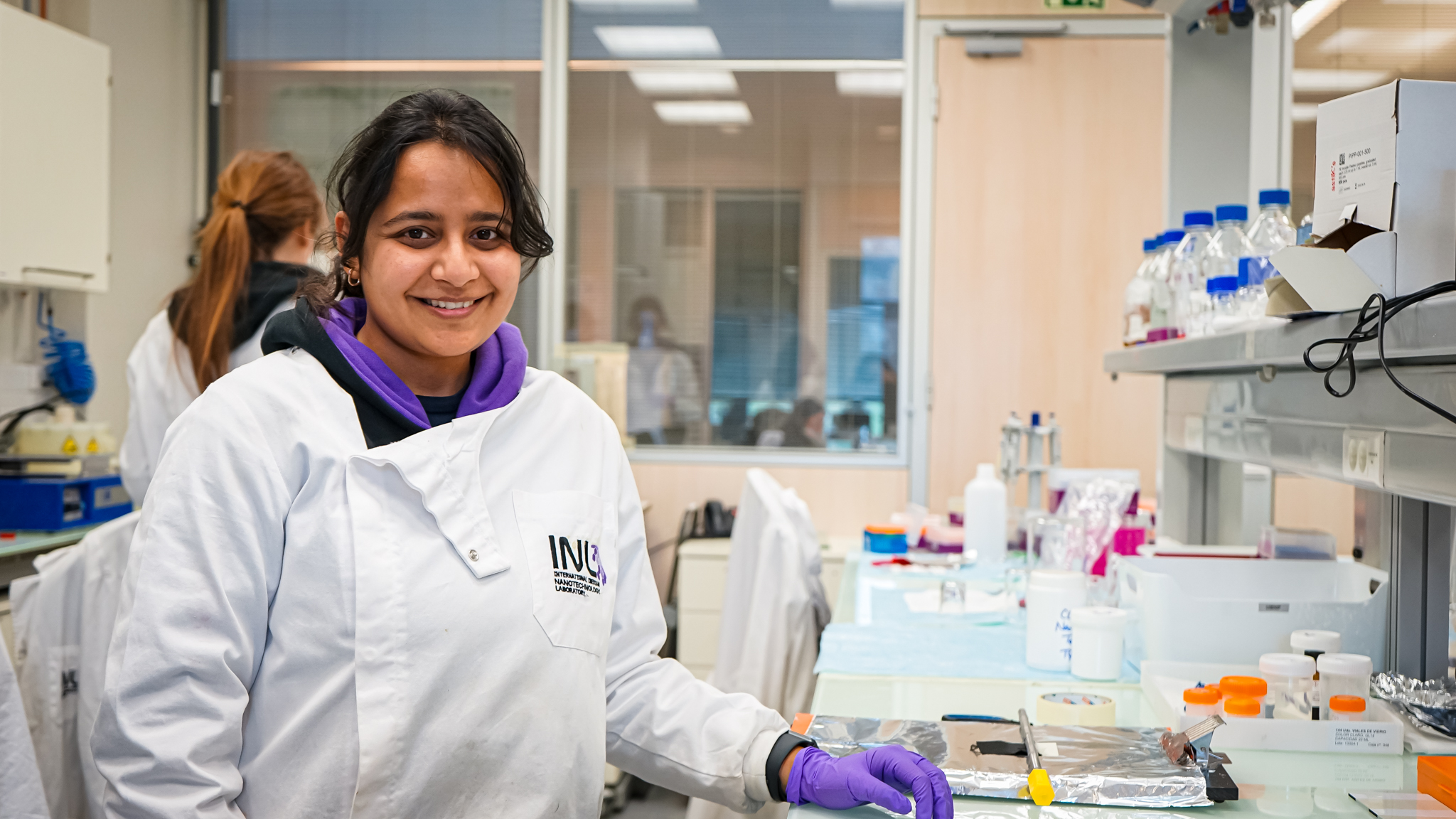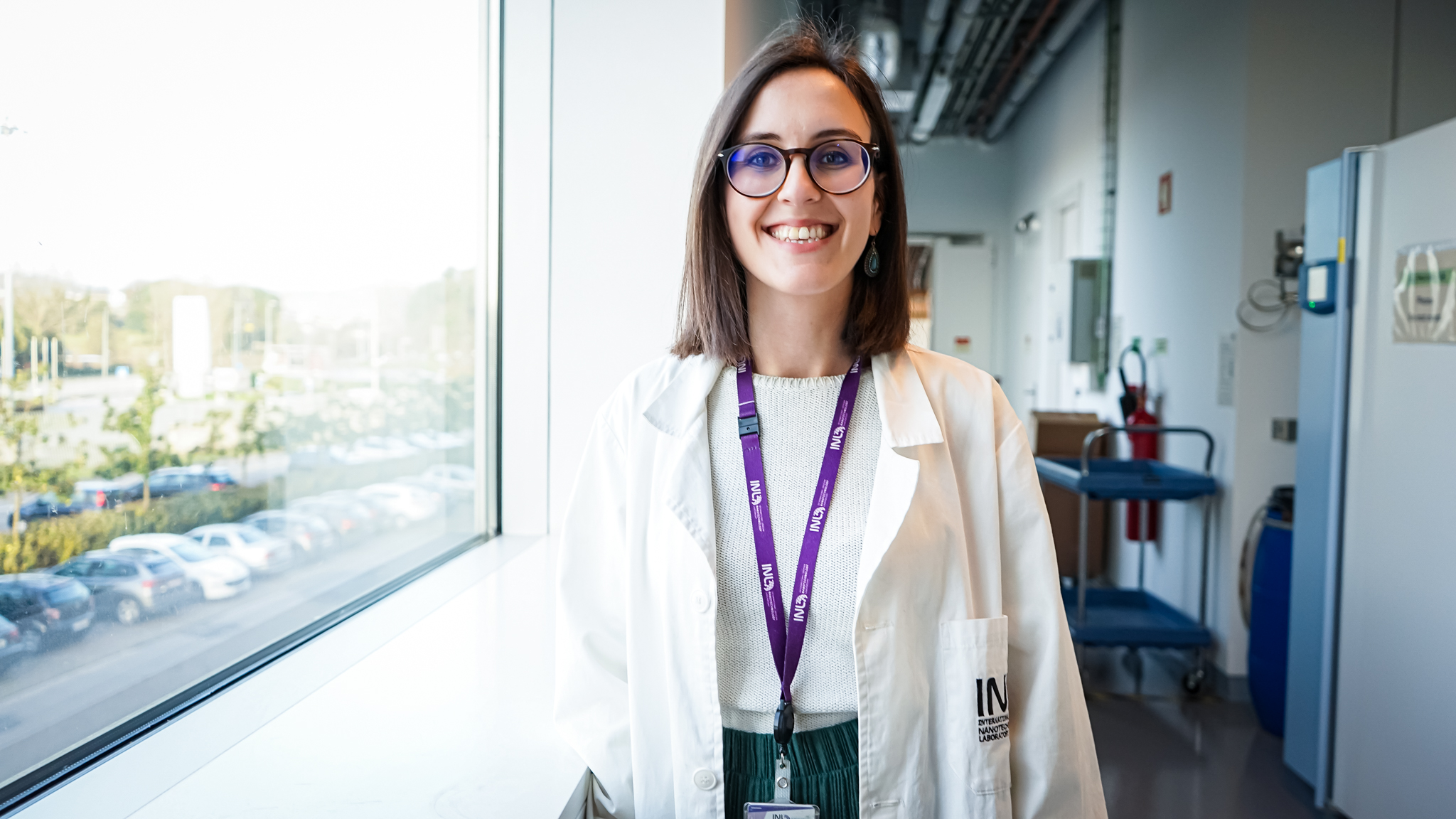
Looking into the future of biosensors, an interview with Agnes Purwidyantri
December 17, 2021
Agnes Purwidyantri, joined INL – International Iberian Nanotechnology Laboratory in May 2019 to work on the development of an automatic integrated sensor for food and beverages. She optimizes the performance of graphene-based microfluidic sensors for high sensitivity and specificity in DNA detection, mostly as food and beverages fraudulently control, such as in wine. She conducts interfacial surface engineering for optimized biomolecular binding to be carried out in FET and electrochemical platforms.
Agnes received her Ph.D. degree in Biomedical Engineering from Chang Gung University, Taiwan in 2017, with thesis work on the development of DNA sensors for kidney disease. Her Master´s degree was in Biotechnology and was received in 2013 from Asia University, Taiwan, where she worked to exploit the enrichment of medicinal fungi through pulsed-UV light exposure.
Can you tell us a bit about your path, your main area of work, and the importance of your work?
I have been working in quite different but multidisciplinary areas. My first love in research was food science and technology, which was my bachelor´s degree major. I always knew that I was and am a food enthusiast, and food, no matter how cheap it is, always brings joy, health, and fulfillment for everyone. Therefore, I believe that food research is abundantly available and timeless.
During my Master´s degree, I got the opportunity to investigate the potential of medicinal mushrooms. This experience allowed me to discern the essential linkage of food sources towards biomedical and pharmaceutical advancement. With a food science and biotechnology experimental background, I always had a burning question on how biomolecular analysis could be executed in such a quick and straightforward way. Hence, I decided to pursue a Ph.D. in Biomedical Engineering with core projects on biosensors development, which has now been my main work area.
I have been elaborating on different projects with various sensing materials, actuators, interfacial engineering, microfluidics, and bio-applications. Biosensors have been a remarkable invention, and research in this field is urgently demanded along with speedy progress in nanofabrication technology and its rocketing market in the past decades and the future. Biosensors have opened myriads of possibilities for biomolecular screening, including food and beverage control, environmental studies, life sciences, and biomedical diagnostics.
Point of care and diagnostics biosensors have imperatively evolved our lifestyles as mobile wearable devices allow the measurement of everything from heart and breathing rates to stress and fatigue levels on a routine basis. Also, the technical intervention manifested in biosensors application from “farm to fork” has enormously influenced society´s perception and choice towards food quality, safety, and traceability. It is a blessing to be part of this game-changing and disruptive technology as a biosensor researcher.
Electronic sensors based on graphene have a high potential in many applications, due to the unique properties of the graphene material. How do you see the future of the materials applied to Food Quality and Safety?
Graphene has shown superior properties for sensors and is an excellent fit for food quality and safety screening. Regarding biocompatibility, graphene is considered a “friendly” substrate for many biomolecule types, such as oligonucleotides, aptamers, or proteins, prevalently found in food matrices.
Additionally, the functionalization of the graphene interface could be approached via many different techniques, chemically or physically. The mass production of graphene materials is also possible and has a high potential for cost-effective materials suitable for low-profit margins like the food sector.
My current research focuses on the development of graphene chips for DNA assay in wine authenticity detection. The chip enables “within seconds,” on-site, real-time, and low-cost detection of grape varieties used in the winemaking process. I believe that the graphene lab-on-a-chip system offers an analytical revolution in agricultural industries in which, at some point, still apply expensive, time-consuming, and conventional methods in products evaluation. In this fashion, food industries can benefit from the fast quality control process with immediate positive rippling effects on all the food-chain players.
Any advice for students considering a career in science?
I would always encourage young people to have a career in science. The world needs more scientists, and young people are the backbone of science and technology in the future. Science is obviously not an easy career track, but it is worth the struggle. Small matters or even failures make an impact in science, and thus, nothing is useless.
I would also strongly suggest that in this digital era with unlimited access to learning resources, young generations have more privilege to achieve a successful career in research than the older ones. However, although it gives us ease and freedom to learn anything from the screen, scientific findings and major inventions typically come out of extensive experimental works, inexplicable by any online sources.
Therefore, by combining the high flexibility of access toward information and the hardworking attitude, passionate students could turn into great scientists who contribute to world civilization.
If you weren’t a Researcher, what would you be doing?
My passion is mainly in the education area. So, if I weren´t a researcher, I would now be a teacher. I figure that teachers are not only the people who teach a course. Beyond that, they are caring individuals who must keep the spirit of the students ignited and should be role models for their students. On top of that, teaching is a noble act of sharing and receiving and that´s what sparkles the most.






